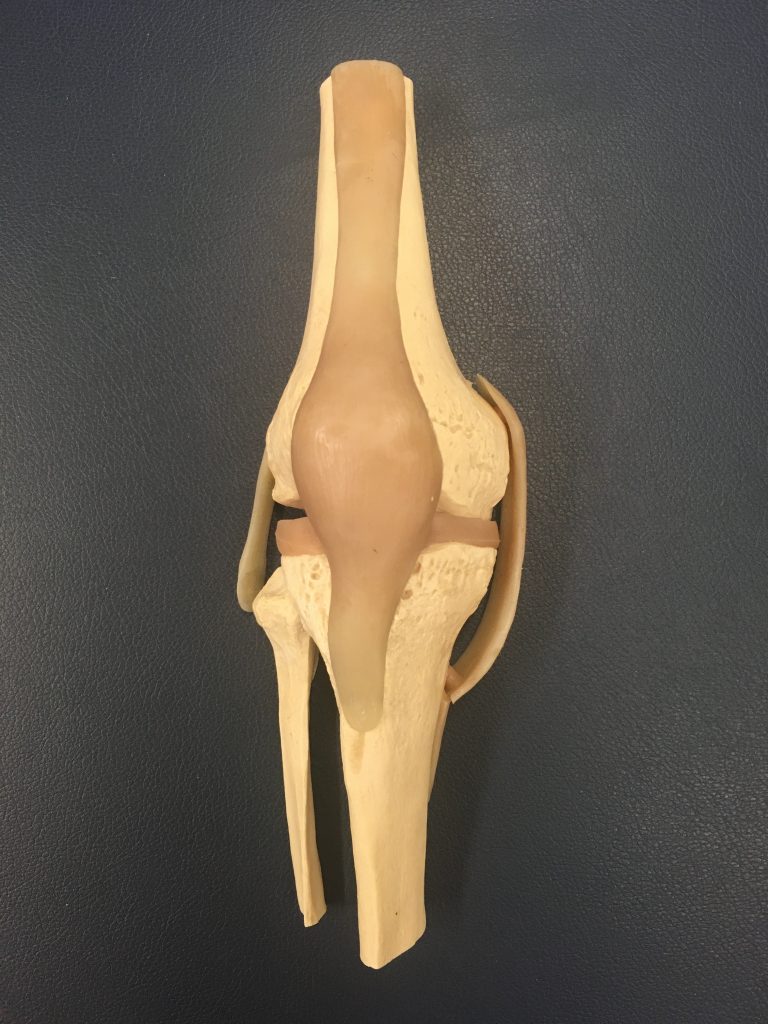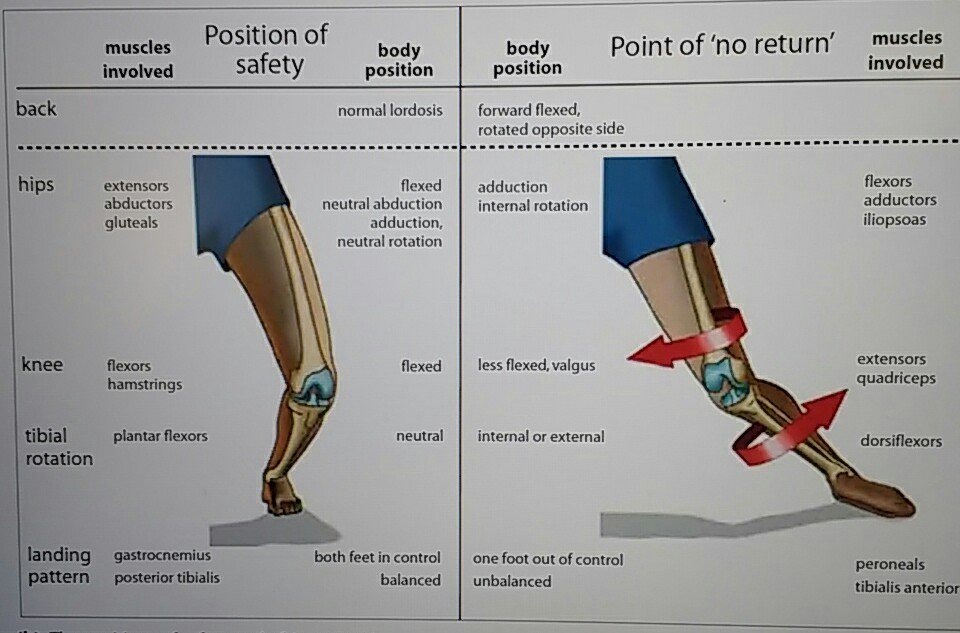ACL injury……ski season over??
ACL injury………ski season over??

WHAT IS YOUR ACL & WHY IS IT SO IMPORTANT?
There are two main ligament structures inside of the knee which provide crucial stability and support. The PCL (posterior cruciate ligament) and the more commonly injured ACL (anterior cruciate ligament) which is the focus of this brief blog, and most commonly injured in skiing. With a torn ACL your knee is likely to give way and lead to further knee damage and pain.
MOST COMMON WAYS TO INJURY THE ACL

Certain factors arise to the ACL being injured:
- planted foot
- knee valgus (knee dropping in)
- often combined with tibia (the lower leg bone) externally rotating (turning out)
- over extension of the knee
- ‘back seating’ on your skis so the lower bone moves forward/combined with quads over activation
- landing awkwardly off a jump
- sudden stopping or change of direction
- a blow to the knee
Any or a combination of the above can cause trauma and damage. Most of us have felt that sensation of our ski drifting out (externally rotating) and knee rotating in. Add significant force or speed or force to this and you have a problem. This can also occur in beginners in snowplough, or getting off a chair lift.
Phantom Foot is the term used to describe a skier who falls backwards, so their hips drop below their knees, with most weight through the downhill ski, and the uphill shoulder/arm twisted.
Finally if you land a jump leant back with the knee extended (and weight in the back of your boots), the force can not be adequately absorbed, and the tibia (lower leg bone) is driven forwards, stressing the ACL.
WHAT ELSE COULD I HAVE INJURED?

This blog won’t go into detail, but there are a few other structures that can be injured and cause pain. The MCL (medial collateral ligament) on the inside of the knee, the LCL (the lateral collateral ligament) on the outside of the knee, then the meniscus; the cartilage inside the knee. A good history of the accident combined with certain physio assessment tests can help decipher which structures are most likely damaged and the appropriate timescales for recovery and rehab.
WHAT SHOULD YOU DO? IS YOUR SEASON OVER?
First thing is don’t stress and no your season isn’t over. In the past I have seen several seasonnaires who have been told its time to go home. This isn’t necessarily true. If you get straight on with optimising recovery you can often return to work relatively quickly. The more tricky question is can you ski again? Maybe not straight away, but there have been a lot of people who choose rehab alone, over surgery. If you can get your muscle strength and neuromuscular control improved through physio and a lot of commitment you can get back.
These are the first stages advised if you think you have had knee trauma:
- get a check X-ray (often the tibia bone can have a fracture, which complicates things and should be ruled out early on)
- See a physio to advise on specific movement and strength exercises related to YOU
- PRICER: protect (Potentially reduce weight-bearing and wearing a brace), Rest (relative to let inflammation do its thing), Ice (10 mins frequently throughout the day), Compression (light tubi grip or bandage), Elevation (get the leg up above your heart level), Rehab (early rehab specific to you and your injury) – generally you need to get it moving!
PREVENTION
A final note on prevention. Do your pre-season strength and conditioning. See my other blogs on my website for more on this, but in brief you want to develop all muscles of your core, gluts, quads and don’t forget your hamstrings – these are vital in helping to ‘put on the brakes’. Many people only work on the quads for skiing but hamstrings are just as important. Also you want to include some landing control, change of direction exercises with good alignment and bio-mechanics to improve neuromuscular control and decrease the chances of injury.
Get in touch if you have a pre-existing injury and want to avoid further re-injury, or have a ‘new’ injury and want more advice 🙂